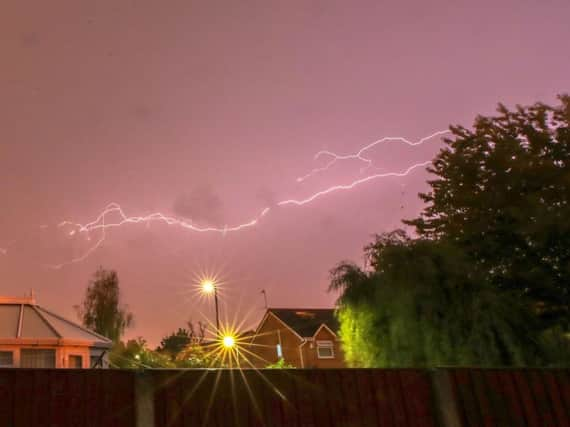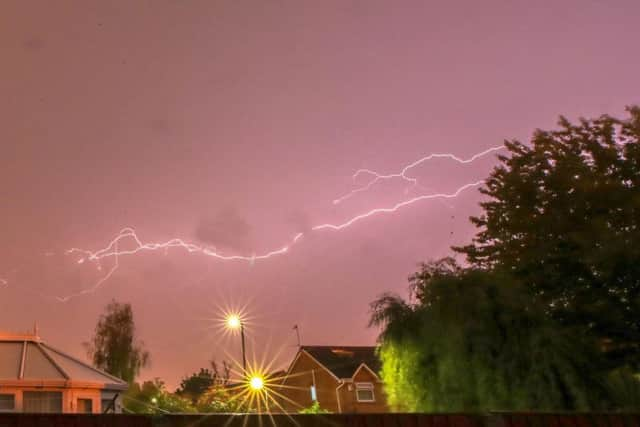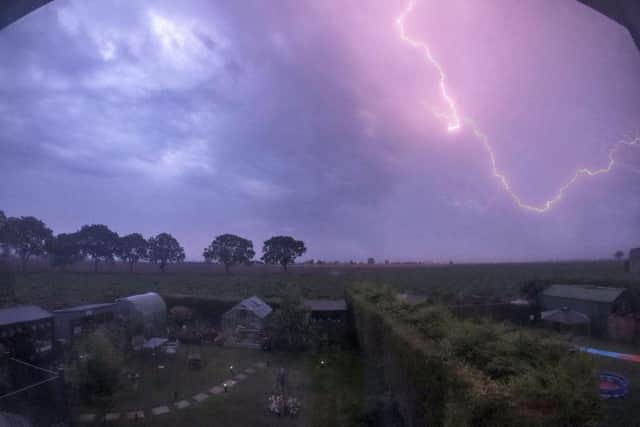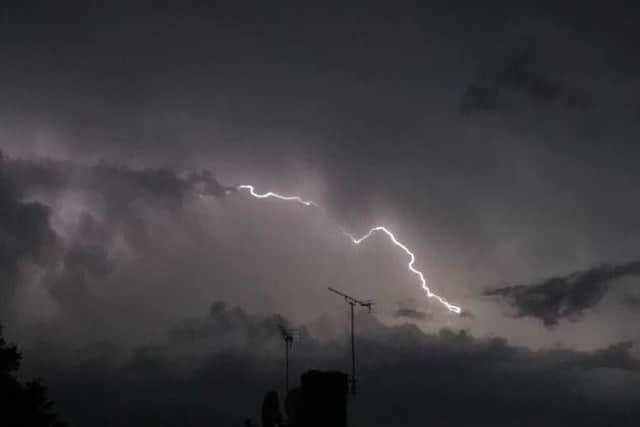This is the truth behind 9 of the biggest lightning myths


Lightning never strikes the same place twice. You should never use the phone during a storm. Rubber tyres on a car will protect you.
We have an enduring fascination with lightning. It's not everyday that we stare at the sky transfixed as it cracks and fizzes as it did in Lancashire on Tuesday night.
Advertisement
Hide AdAdvertisement
Hide AdWith more thunder and lightning forecast for Lancashire after 3pm today (July 25), we asked the experts - is there any truth behind the myths?


Lightning myths: True or false?
1. Myth: Lightning never strikes the same place twice
Fact: Unfortunately, lightning often does strike the same place more than twice! Especially if it's a tall, pointy, isolated object. The Empire State Building is hit an average of 23 times a year!


But...
2. Myth: Lightning only strikes the tallest objects
Fact: Lightning is indiscriminate and it can find you anywhere. Lightning may hit the ground instead of a tree, cars instead of nearby telephone poles, and short people instead of their taller friends.
3. Myth: If you are stuck in a thunderstorm, being under a tree is better than no shelter at all


Advertisement
Hide AdAdvertisement
Hide AdFact: Sheltering under a tree is just about the worst thing you can do. If lightning does hit the tree, there is the chance that a “ground charge” will spread out from the tree in all directions. Being underneath a tree is the second leading cause of lightning casualties.
Better to be wet and alive than dry and fried!
4. Myth: If you cannot see rain or clouds, you are safe
Fact: Lightning often strikes more than three miles from the thunderstorm, far away from the rain or thunderstorm cloud. Though rare, 'bolts from the blue' have been known to strike areas as far away as 10 miles from the thundercloud, in areas where the sky appears paceful and clear.
5. Myth: A car's rubber tyres will protect you from lightning
Fact: True, being in a car will likely protect you. But most vehicles are actually safe because the metal roof and sides divert lightning around you—the rubber tires have little to do with keeping you safe. Convertibles, motorcycles, bikes, open shelled outdoor recreation vehicles and cars sporting plastic or fibreglass shells offer no lightning protection at all.
Advertisement
Hide AdAdvertisement
Hide Ad6. Myth: If you are outside in a storm, lie flat on the ground
Fact: Lying flat on the ground makes you more vulnerable to electrocution, not less. Lightning generates potentially deadly electrical currents along the ground in all directions—by lying down, you are providing more potential points on your body to hit.
7. Myth: If you touch a lightning victim, you will be electrocuted
Fact: The human body does not store electricity. This means it is perfectly safe to touch a lightning victim to give them first aid. This is the most chilling of lightning myths. Imagine if someone died because people were afraid to give CPR!
8. Myth: Wearing metal on your body attracts lightning
Advertisement
Hide AdAdvertisement
Hide AdFact: The presence of metal makes very little difference in determining where lightning will strike. Height, pointy shape and isolation are the dominant factors in whether lightning will strike an object (including you).
However, touching or being near metal objects, such as a fence, can be unsafe when thunderstorms are nearby. If lightning does happen to hit one area of the fence—even a long distance away—the metal can conduct the electricity and electrocute you.
9. Myth: A house will always keep you safe from lightning
Fact: While a house is the safest place you can be during a storm, just going inside isn’t enough. You must avoid any conducting path leading outside, such as electrical appliances, wires, TV cables, plumbing, metal doors or metal window frames. Don't stand near a window! In rare instances, lightning can enter the home through cracks in the sides of windows.
Now that you know the truth from the fiction, you might be wondering - what are the chances that you will be struck by lightning?
We did our homework and consulted the experts. This is what we found out.
